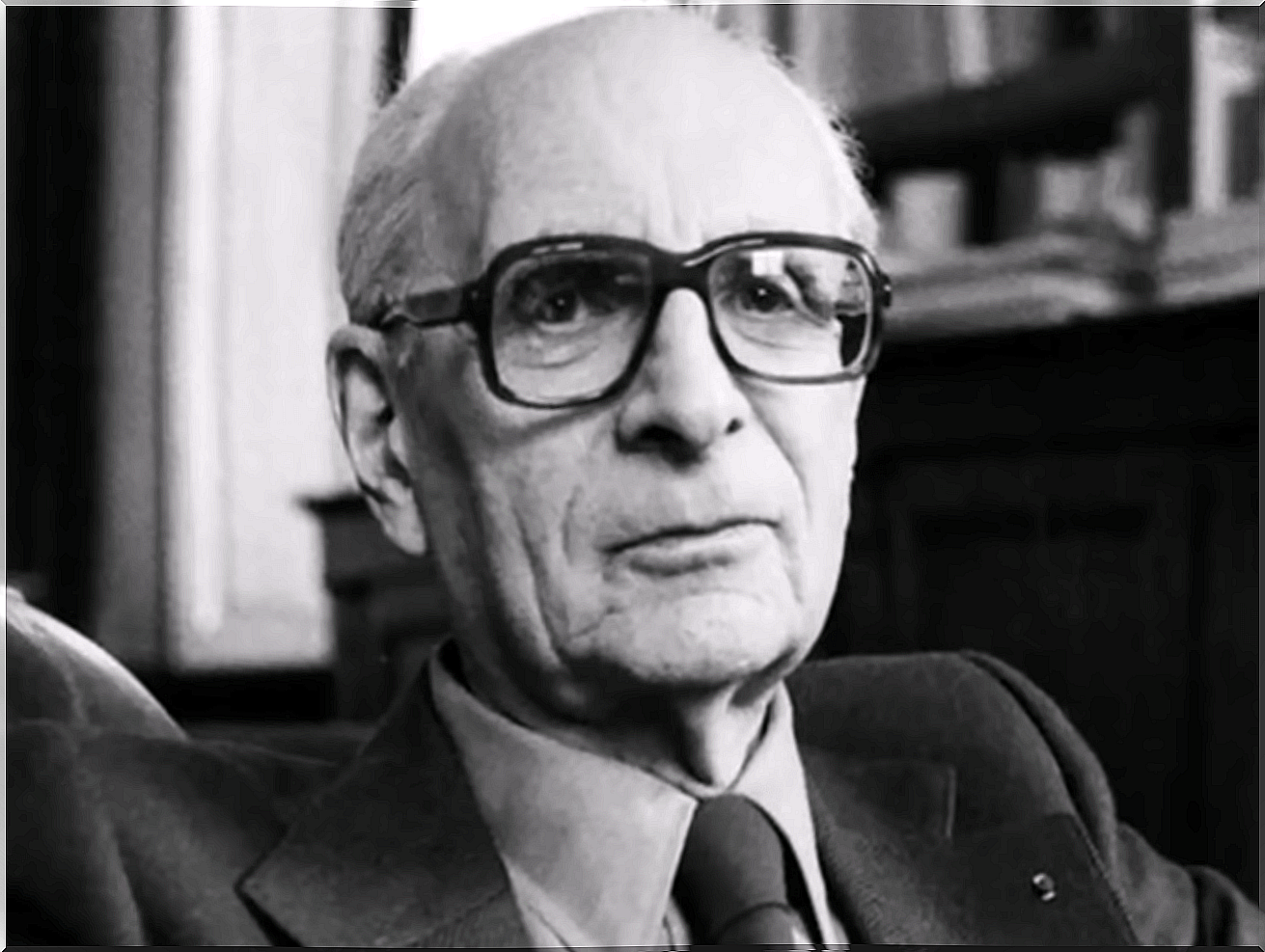Claude Lévi-Strauss, Biography Of An Extraordinary Anthropologist

Claude Lévi-Strauss is considered the father of modern anthropology and one of the world’s leading thinkers in the 20th century. He was the founder of structural anthropology, an approach that completely changed the history of this discipline and gave it a stronger status within the academic world.
Oddly enough, Claude Lévi-Strauss’s dream was interplanetary. On several occasions, he mentioned that his great fantasy was that man managed to colonize space and begin to migrate to the Moon or perhaps to Mars.
He had the illusion that they would build new civilizations there and forget the men who would have remained on Earth. These would return to a wild state and he could go live with them.
Francoise Heritier, who was his successor at the Collège de France, summed up her contribution by saying that Claude Lévi-Strauss had taught humanity something fundamental. Cultures sometimes have big differences from each other.
However, Lévi-Strauss proved that everyone’s cognitive apparatuses are similar. Thus, difference and universality always coexist in the human being.

Claude Lévi-Strauss and his beginnings
Claude Lévi-Strauss was born accidentally in Brussels (Belgium) on November 28, 1908. We say that his birth was accidental because his parents were French Jews who, at that time, were traveling.
His father was a portrait painter and his mother was a homemaker. The environment around him was filled with interest in art , especially painting, music and poetry.
Due to the outbreak of the First World War he moved with one of his grandparents to Versailles. This was a very consecrated rabbi and the first contacts with the synagogue were for Claude Lévi-Strauss very cold and rigorous. For this reason, from a very young age, he became basically insensitive towards religion.
On the contrary, he grew up as a child with a passion for nature, who also showed a great interest in collecting rare and curious cultural objects. He was also very bright intellectually, but he did not stand out especially during his time at the school.
As a teenager, he returned to Paris, where the family lived, and joined a socialist organization.
From philosopher to ethnologist
Claude Lévi-Strauss initially decided to study law. However, in 1927, he changed his mind and opted for Philosophy, a discipline he studied at the Sorbonne University.
There he met and had a close relationship with Jean Paul Sartre and Simone de Beauvoir. Later, he confessed that philosophy attracted him, but also fed him up, because he felt that there was a lot of vanity and speculation in that area.
When he finished his studies, he began working as a secondary school teacher for a long period of time ; however, he was not entirely comfortable in this profession. He could not imagine himself teaching the rest of his working life.
Everything changed for him when he received a call from Célestin Bouglé, director of the École Normale Supérieure in Paris.
Claude Lévi-Strauss’s life took a radical turn from that moment. Bouglé suggested that he travel to Sao Paulo on a university mission as a professor of Sociology at the University of the Brazilian city.
He arrived there in 1935 and, in 1939, began ethnographic expeditions to Mato Grosso and the Amazon. This experience marked the beginning of his great work: structural anthropology.

A man who completed a century
From the experience in Brazil, Claude Lévi-Strauss began to propose new ideas, a new method and great reflections. Later, he spent time in the United States, as he suffered Nazi persecution during World War II and had to take refuge in the North American country. There, he established valuable intellectual contacts and finished shaping the essence of his theories.
One of the highlights of his career was the publication of Sad topics , a work considered one of the most important of the 20th century. Her name became known around the world thanks to her and marked her step into academic celebrity. Other works such as Race and History , Myth and Meaning and the Mythological series have enshrined him forever.
It is said that he was a distant man, that he did not admit to being familiar and that it was impossible for him to write if he was not surrounded by the company of lyrical music.
He died in 2009, when he was completing a century of existence; after having received countless awards and recognitions. His work divided the history of anthropology in two and, thanks to him, new research could be developed.









